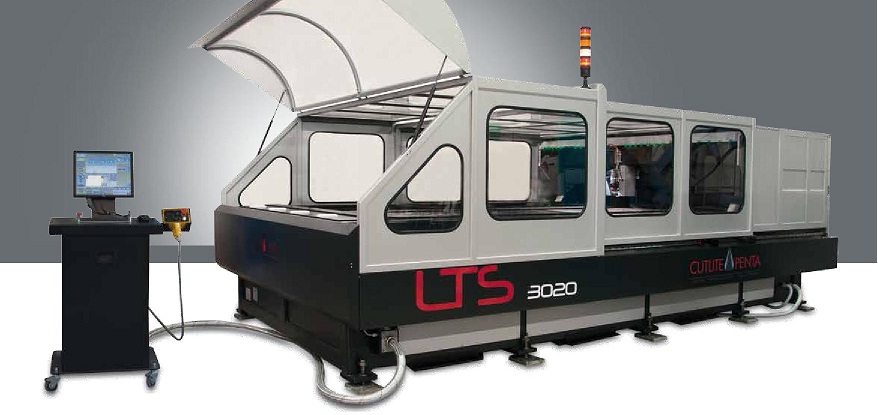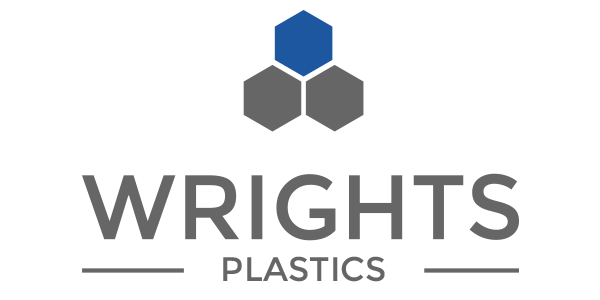Laser cut plastic refers to the process of using a laser beam to precisely cut or engrave plastic materials. This technology is commonly used in various industries for creating intricate designs, prototypes, custom parts, signage, and other plastic components. Here’s how it typically works:
- Laser Cutting Machine: Laser cutting machines are used for this process. These machines use a high-powered laser beam to cut through or engrave the plastic material. The laser beam is controlled by computer software, allowing for precise and accurate cuts.
- Material Selection: Various types of plastics can be laser cut, including acrylic, polycarbonate, PVC, ABS, and more. The choice of material depends on the specific application and the properties required.
- Computer-Aided Design (CAD): A digital design file is created using CAD software, specifying the shapes and patterns that need to be cut or engraved on the plastic.
- Laser Cutting Parameters: The operator or technician sets the laser cutting parameters, including the power of the laser, the cutting speed, and the focus of the laser beam. These parameters can vary depending on the type and thickness of the plastic being used.
- Cutting or Engraving: The laser cutting machine follows the path defined by the CAD design file. The laser beam is focused on the plastic, and it either vaporizes or melts the material along the cutting path. This process is extremely precise, allowing for intricate designs and fine details.
- Quality Control: After the laser cutting is complete, the plastic parts are typically inspected for quality and accuracy. Any excess material or residue from the cutting process may be removed, and the finished pieces are ready for use.

Laser cutting offers several advantages when working with plastic materials, including:
- Precision: Laser cutting produces highly accurate and clean cuts, making it ideal for intricate designs and tight tolerances.
- Speed: It can be a fast and efficient process, especially for small to medium-sized production runs.
- Versatility: Laser cutting can be used on a wide range of plastic materials, from thin films to thick sheets.
- Minimal Material Contact: Since there is no physical contact with the plastic during cutting, there is minimal risk of deformation or contamination.
- Customization: It allows for easy customization and the creation of unique designs.
Lasercut plastic finds applications in industries such as electronics, automotive plastic components, aerospace, signage, art and design, medical device manufacturing, and more. It’s a versatile and precise method for shaping and manipulating plastic materials.

